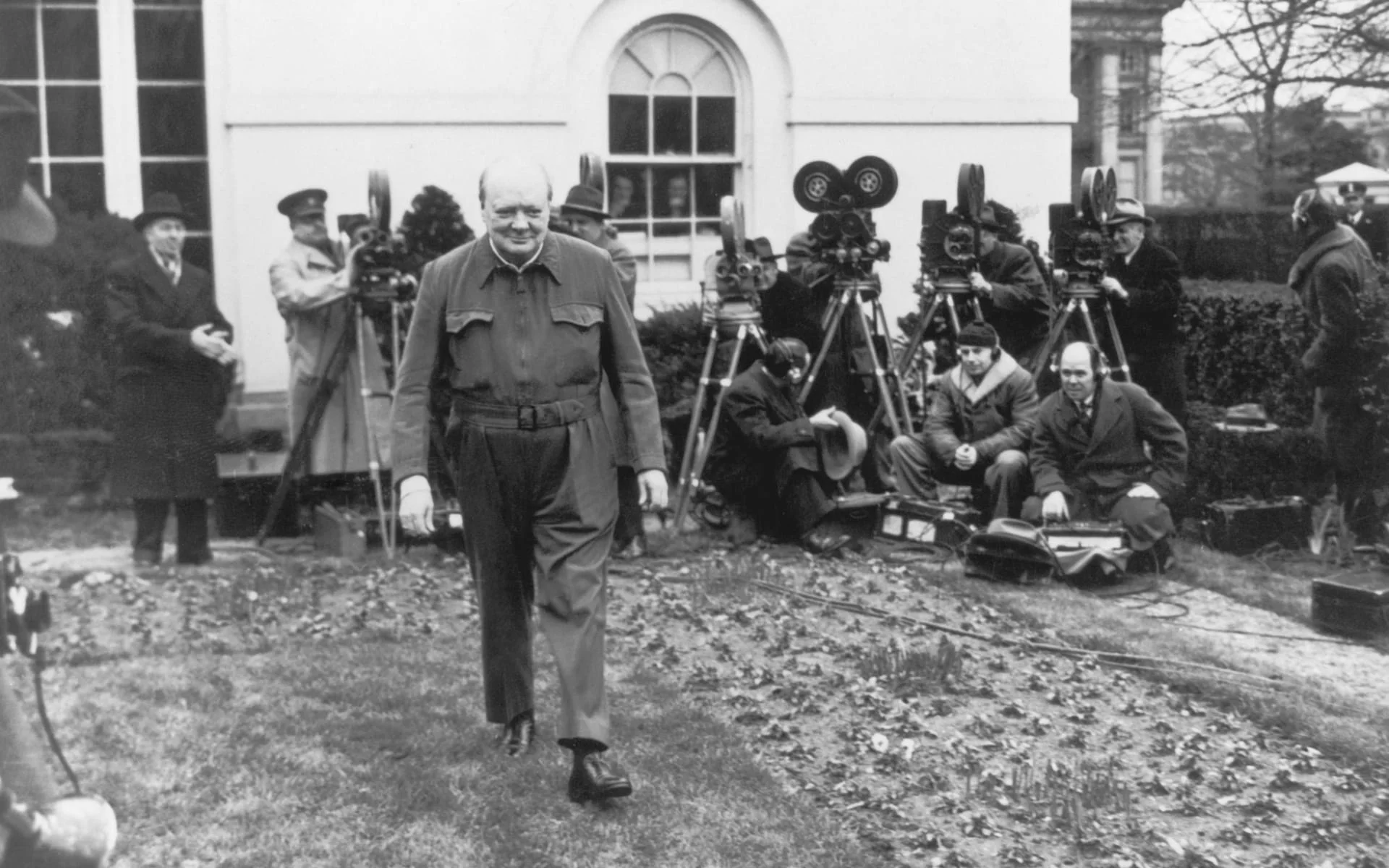5 Tools For Making Better Decisions
“The only thing you have control over that can influence the way your life turns out is the quality of your decisions.”
Along with personal finance, public speaking and problem-solving, decision-making is one of the most valuable skills that school doesn’t teach you.
This seems a bizarre omission given that you make thousands of decisions a day.
Granted, most of them are trivial, like what to eat for breakfast or which route to take to work.
Some, however, are significant.
Like which career to choose, who to marry, or where to live.
Make the wrong choice with any of these, and you could invite all sorts of trouble into your life.
This is why it pays to be a better decision-maker.
So what’s the best way to improve how you make choices?
One approach is to utilise decision tools.
Not only do they guide your thought process, but they also help you to access the rational, analytical parts of your brain more readily.
There are many out there to choose from, but here are five that you can start using straight away:
1. Jeff Bezos’ ‘Regret Minimisation Framework’
“I’d rather regret the things I’ve done than regret the things I haven’t done.”
Regret is a powerful emotion, and it can drive you mad thinking about the opportunities you've passed up.
Therefore, your goal in life is to do your best to avoid as many “Oh, I wish I’d done that” moments from occurring.
Before he founded Amazon.com, Jeff Bezos had a well-paying job working on Wall Street for D.E. Shaw, one of the world's most respected hedge funds.
By any standards, he was a successful person and would have ended up a very wealthy man had he simply stayed working there.
But Jeff had an itch he needed to scratch.
Deciding to leave and embark on a business adventure that could easily turn out badly was by no means an easy choice.
To make things easier, he used what he calls a ‘Regret Minimisation Framework’.
When faced with a difficult decision, all you need to do is walk yourself through the following steps:
1 - Imagine yourself aged 80
2 - Review your decision and ask this future old self, “Will I regret not doing this?"
3 - If the answer is “yes”, take action.
2. The B.R.A.I.N.S Decision Making Model
“We aren’t thinking machines. We are feeling machines that think.”
Part of the challenge of making difficult decisions is that we don’t thoroughly consider the different permutations.
This is where the B.R.A.I.N.S. decision-making model comes in handy.
It’s a systematic approach to evaluating all our available options, and the acronym stands for the following:
Benefits
What are the plus points associated with choosing the option? Write them all down.
Risks
What are the potential downsides of proceeding with this option? Again, write them all down.
Alternatives
What are the other options you could consider? Ok, you know what to do now.
Intuition
What does your gut tell you? How do you feel about the option in question?
Nothing
The decision not to do something is also a decision. What would happen if you took no action?
Space
It’s never a good idea to make a big decision in the heat of the moment. It’s always wise to give it some space. Do you feel the same way about the decision after a few days' grace?
3. The ‘Only Option Test’
“Once the options increase, settling on one becomes harder.”
Sometimes in life, you’re faced with making a difficult choice between two or more similar alternatives.
So, how do you make your pick?
Rather than lose time and your fingernails agonising over it, you can use the ‘Only Option Test’.
This tool originates from Annie Duke’s book, How to Decide, and it couldn’t be easier to put into practice.
For any of the options you're considering, ask yourself, “If this were the only option I had, would I be happy with it?”
Your answer will provide all the information you need to know.
4. Talk It Through With A Friend
“The greatest tragedy for any human being is going through their entire lives believing the only perspective that matters is their own.”
We all view the world from a unique perspective.
This can be a disadvantage when making decisions, as it makes it difficult for us to remain objective.
One way to force yourself to see things from a different angle is to discuss your decision with a friend.
This has two advantages.
Firstly, their different outlook on the world will expose any blind spots in your thought process, like confirmation bias (cherry-picking only the information that supports your decision).
Secondly, verbalising your decision-making process is a form of metacognition (the act of thinking about your own thinking), which is a powerful skill to develop.
By training yourself to be more aware of your unique way of thinking, you can recognise when your own biases come into play and respond accordingly.
5. Keep A Decision Journal
“Good decisions come from experience, but experience comes from making bad decisions.”
Your memory is an unreliable witness. It doesn’t store things in a fixed manner, but constantly updates and rewrites its files as needed.
When you recollect something, it is always an edited version of what actually happened.
Therefore, you can’t rely on it to accurately recall the process and outcome of previous decisions.
This is where you can put a decision journal to good use.
The idea is to use it as a record of the decisions you make so that you can return at a later date and review your decision-making outcomes more objectively.
It’s a way of making better decisions in the future because when a similar decision arises, you can use the wisdom gained from past decisions to your benefit.
How awesome is that?






